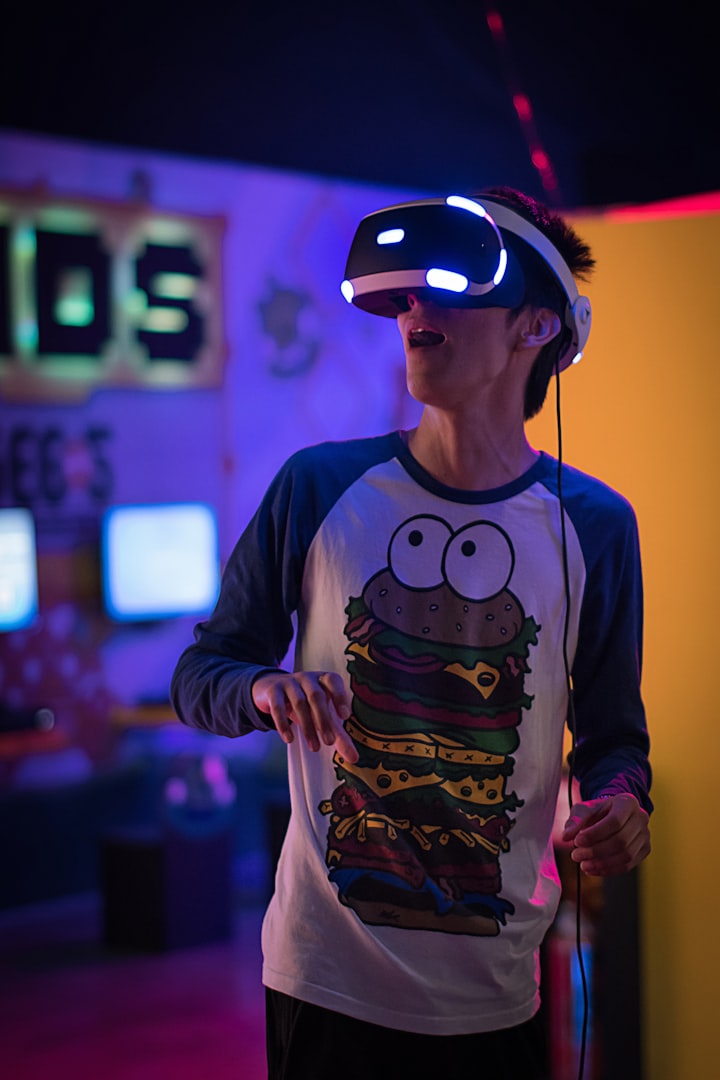Studying a Theoretical Wormhole in a Lab
By sikandar Prasad

Studying
Scientists have observed quantum entanglement-generated phenomena that are consistent with the properties of a traversable wormhole. The results of their study confirm that relatively small quantum systems on quantum computers can be used to study traversable wormhole dynamics providing a potent testbed for theories of quantum gravity.
Image
The research was carried out at the California Institute of Technology (Caltech) and published in the journal Nature.
History of Wormholes
General relativity's "wormhole," a solution to the field equations that resemble a passageway connecting two black holes or other places in space-time, was proposed by Albert Einstein and Nathan Rosen. While the term "wormhole" was first used by physicist John Wheeler in the 1950s, it is also referred to as Einstein-Rosen bridges (ER) after the two physicists who first proposed it.
Although wormholes have not been experimentally observed, scientists have been theorizing about the existence and characteristics of wormholes for almost a century.
Juan Maldacena and Leonard Susskind first suggested the idea that wormholes and quantum mechanics, specifically entanglement, may have a connection in their theoretical work in 2013. Wormholes, according to the physicists, were analogous to entanglement.
Later, in 2017, Jafferis expanded the concept to include traversable wormholes by working with his physicists Ping Gao and Aron Wall. The researchers imagined a situation in which a wormhole is kept open long enough for data to pass from one end to the other by a negative repulsive energy.
Scientists demonstrated that the quantum teleportation method is identical to the gravitational description of a traversable wormhole. Information is sent over space using the principles of quantum entanglement in quantum teleportation, a procedure that has been experimentally demonstrated over great distances by optical fibers and in free space.
In 2015, Alexei Kitaev demonstrated that the Sachdev-Ye-Kitaev (SYK) model, a straightforward quantum dynamical system of fermions, exhibits an explicit "holographic duality," or quantum dynamics that resemble quantum gravity effects in space. This raised the prospect of doing experiments on quantum computers to study quantum gravity.
In 2019, Gao and Jafferis demonstrated that it should be possible to accomplish "wormhole teleportation" by entangling two SYK models, forming and observing the dynamical characteristics of a traversable wormhole.
Current Study
The current study investigates whether quantum teleportation and wormholes are equivalent.
A group of physicists from Caltech used Google's Sycamore quantum processor to experimentally realize this kind of wormhole dynamics. The scientists used quantum gates to inject a qubit into systems that resembled the SYK model, and then they used the same quantum processor to see the information emerge from the other SYK-like system. In a 2D anti-de Sitter (AdS) space-time, the dynamics of the process are found to be consistent with the behavior anticipated from a quantum system dual compared to a wormhole.
When applying a negative versus a positive energy shockwave to the Sycamore processor, they examined how much quantum information moved from one SYK system to the next. When a negative energy shockwave was utilized, more quantum information was conveyed; hence, the dynamics of the dual quantum system were compatible with a traversable wormhole.
Experimental Implementation
To experimentally observe the quantum analogous wormhole, scientists selected a quantum system referred to by its Hamiltonian that is dual to gravity. Then implemented the experiment in the following steps:
Prepare two copies of the Hamiltonian in an entangled state. One of these is the wormhole's left side, and the other is its right side.
Evolve the wormhole backward in time.
Prepare two qubits that are optimally entangled. Designate one as the "reference" qubit and the other as the "probe."
Replace the probe qubit with a qubit from the wormhole's left quantum system. The entanglement probe qubit is now inserted into the wormhole.
Evolve the wormhole ahead in time.
Operate an entanglement interaction between the wormhole's two sides.
Evolve the wormhole ahead in time.
Calculate the degree of entanglement between the reference qubit and the furthest qubit of the right system.
No space-time rift was induced in the physical space hardware during this experiment. Based on quantum information being transferred via quantum codes on the quantum processor, it was concluded that a traversable wormhole had emerged.
The scientists applied machine learning methods to find a small quantum system with gravitational characteristics. In order to run simulations and generate potential quantum systems thought to preserve gravitational dynamics, required a classical computer.
Because scientists created a highly entangled system and directly assessed the physical system's observables, this was a "quantum experiment." No physical system is formed in a conventional simulation, which is the manipulation of classical bits, even though one can "simulate" the system on a conventional computer, and in fact, this was done as detailed in this study (zeros and ones). This distinction is made clear by using the term "quantum experiment" rather than "quantum simulation".
Outlook
One of the most crucial topics in basic physics and an active area of theoretical inquiry is the link between quantum entanglement, space-time, and quantum gravity.
The researchers intend to expand on this work in the future to encompass more advanced quantum circuits. Even though quantum computers displaying quantum supremacy may still be years away, the researchers intend to carry out more tests of this kind on already available quantum computing hardware.
More from AZoQuantum: 1Qbit Brings Quantum Computing from Theory to Application with Specialized Quantum Software
References and Further Reading
Jafferis, D., Zlokapa, A., Lykken, J.D. et al. Traversable wormhole dynamics on a quantum processor. Nature 612, 51–55 (2022). https://doi.org/10.1038/s41586-022-05424-3
The Alliance for Quantum Technologies. Traversable wormhole dynamics on a quantum processor. [Online] Inqnet. Available at: https://inqnet.caltech.edu/wormhole2022/
Clavin, W. (30 November 2022) Physicists observe wormhole dynamics using a quantum computer. [Online] ScienceDaily.
Available at: https://www.sciencedaily.com/releases/2022/11/221130114712.htm
Disclaimer: The views expressed here are those of the author expressed in their private capacity and do not necessarily represent the views of AZoM.com Limited T/A AZoNetwork the owner and operator of this website. This disclaimer forms part of the Terms and conditions of use of this website.






Comments
There are no comments for this story
Be the first to respond and start the conversation.